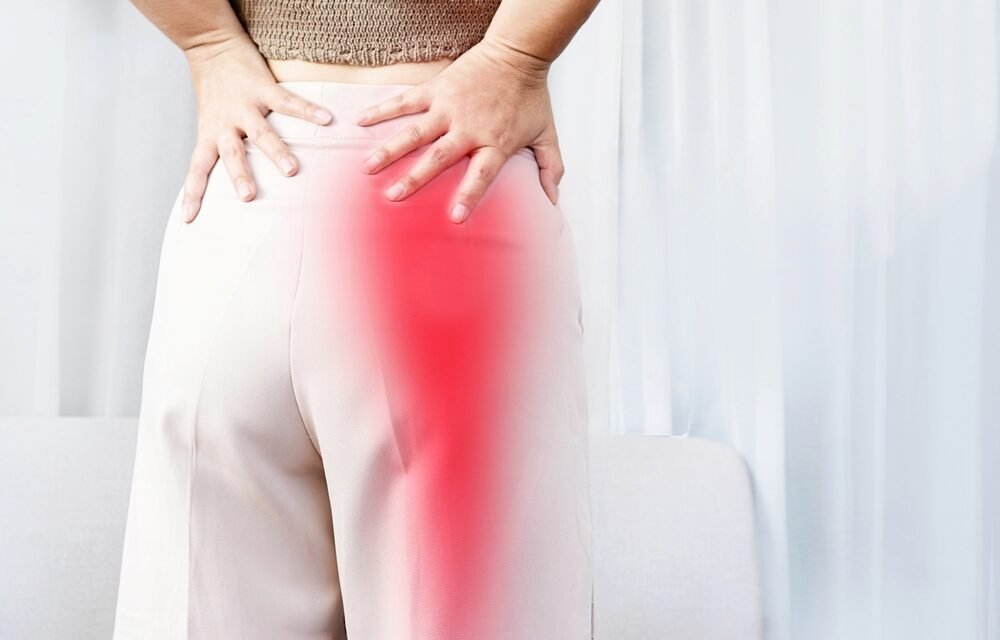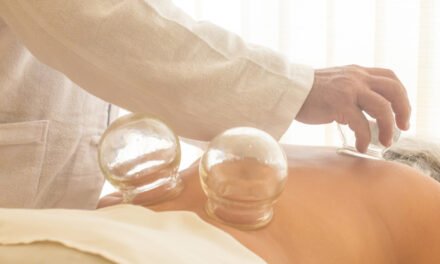
Cupping therapy for sciatica

Cupping therapy has been explored as a complementary treatment for various types of pain, including sciatica. Sciatica is characterized by pain that radiates along the path of the sciatic nerve, which branches from your lower back through your hips and buttocks and down each leg. Here are some points to consider regarding cupping therapy for sciatica:
- Mechanism of Action: The suction created by cupping is believed to improve blood flow, reduce muscle tension, and promote healing. For sciatica, this might help alleviate pain and discomfort by reducing pressure on the sciatic nerve.
- Evidence: Some studies and anecdotal evidence suggest that cupping therapy can help reduce pain and improve function in people with sciatica. However, similar to its use for migraines, high-quality, large-scale studies are still needed to firmly establish its effectiveness.
- Types of Cupping: There are different methods of cupping, including dry cupping, wet cupping, and moving cupping. Dry cupping involves suction without incisions, while wet cupping involves making small incisions to draw out a small amount of blood. Moving cupping involves moving the cups across the skin after applying oil. Each method has different implications and should be chosen based on professional advice.
- Safety and Side Effects: Cupping is generally safe when performed by a trained professional. Potential side effects include temporary bruising, soreness, and skin irritation. It’s important to go to a qualified practitioner to minimize risks.
- Complementary Approach: Cupping therapy should be considered a complementary treatment rather than a primary treatment for sciatica. It can be used alongside conventional treatments like physical therapy, medications, and exercises.
- Consult Healthcare Providers: Before trying cupping therapy for sciatica, consult with your healthcare provider. They can provide guidance based on your overall health and specific condition, ensuring that cupping is a safe and appropriate option for you.
If you’re considering cupping therapy for sciatica, look for a licensed practitioner experienced in treating sciatica and discuss the potential benefits and risks with them and your primary healthcare provider.












